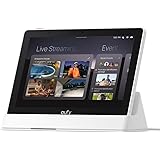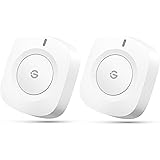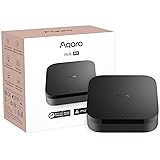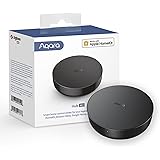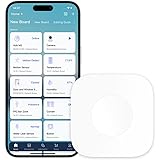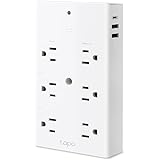
Home automation is a system that allows you to control devices in your home from a remote device. It can be used for lighting, heating and cooling, motors, fans, and more. The heart of the system is a programmable microcontroller, but home automation can also include other components such as sensors and alarms.
A home automation system uses a variety of components to allow for the control of your appliances from the Internet or a mobile device. The most common components are controllers, actuators, and sensors.
Controlling Home Appliances From Anywhere Through WiFi
Most home automation systems are designed to use Wi-Fi to send and receive messages about the status of automated features in your home. It is a convenient and cost-effective way to remotely access your smart devices, such as lights, fans, and more.
The ESP8266 is a low-cost device that can be used to implement a wide range of home automation projects. Its WiFi-based GPIO control offers convenience and flexibility, making it popular among novice and experienced makers seeking to build automation projects.
Create a Simple Energy Management System using Blynk and an ESP8266
If you’re looking to take your home’s energy usage into your own hands, this project is a great place to start. It uses an ESP8266 and Blynk IoT platform to monitor your home’s energy usage and control appliances based on this data.
Control Your Lights With a Motion Sensor
This project uses an ESP8266 and a motion sensor to control LED lights in your hallway. When a person walks by, the motion sensor triggers the lights to turn on. This makes your hallway a safe and welcoming space.
Connect the ESP8266 and the NodeMCU board to your router’s network, then configure the NodeMCU with an SSID, password, and Blynk Authentication Code. You will need these credentials to set up the Blynk app and to control your devices.
Using Telegram to perform Home Automation
To integrate the NodeMCU with the Telegram API, you will need a Telegram bot library. To download the bot library, install the telegram application on your smartphone and look for a channel called “botfather.” Once you’ve downloaded the bot library, follow the instructions to create a new bot.
Adding a Relay Module to the Circuit
The relay module connects to the NodeMCU through pin D0 on the NodeMCU. It can be connected to four switches that you want to control.
Getting started with the NodeMCU and the Blynk App
The NodeMCU is a small microcontroller that can be programmed to act as the central hub for your home automation system. It has a USB port and an RS-232 port, and it’s capable of communicating with other devices in your network.
It has a powerful WiFi chip, and it’s easy to program. This means that you can easily control your home’s devices from anywhere in the world with a smart phone or a computer.
ESP8266 MQTT Prototype Conclusion: The goal of this prototype is to develop an ESP8266 system that can monitor and control devices in your home remotely through a lightweight Message Queuing Telemetry Transport (MQTT) protocol. Compared to the traditional SNMP protocol, a MQTT-based system reduces power consumption and network bandwidth while allowing you to monitor and control your devices from anywhere in the world.


